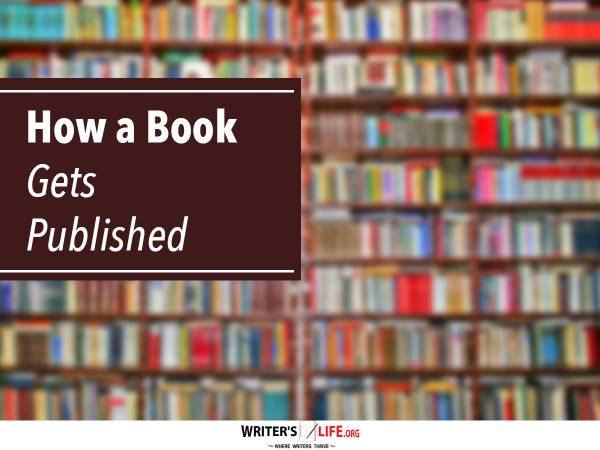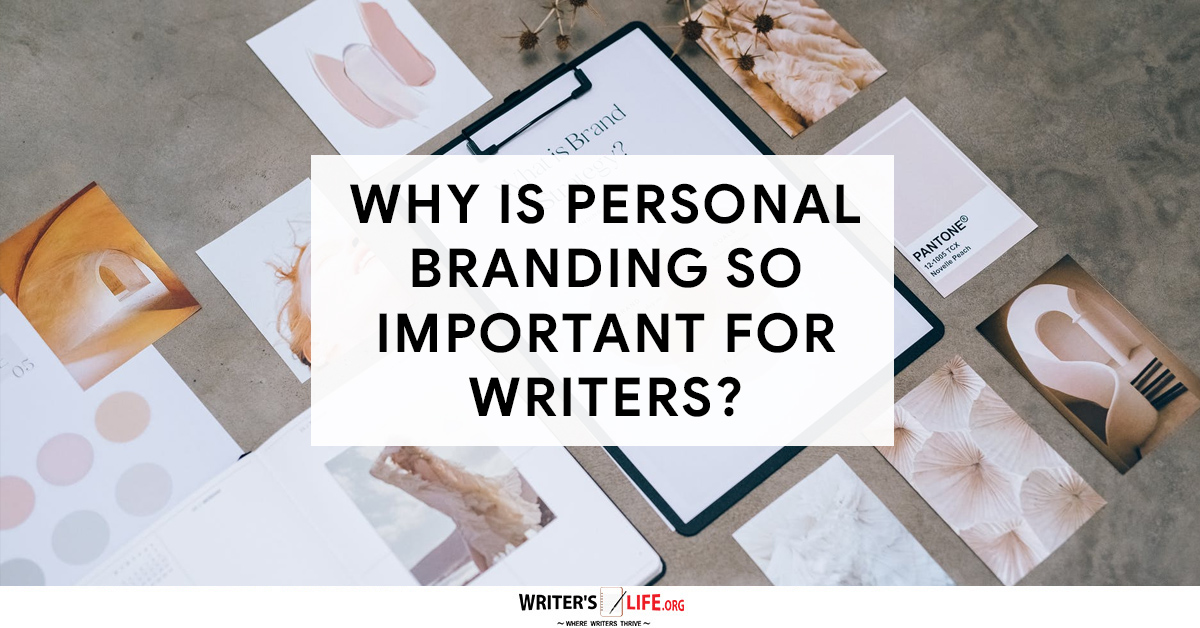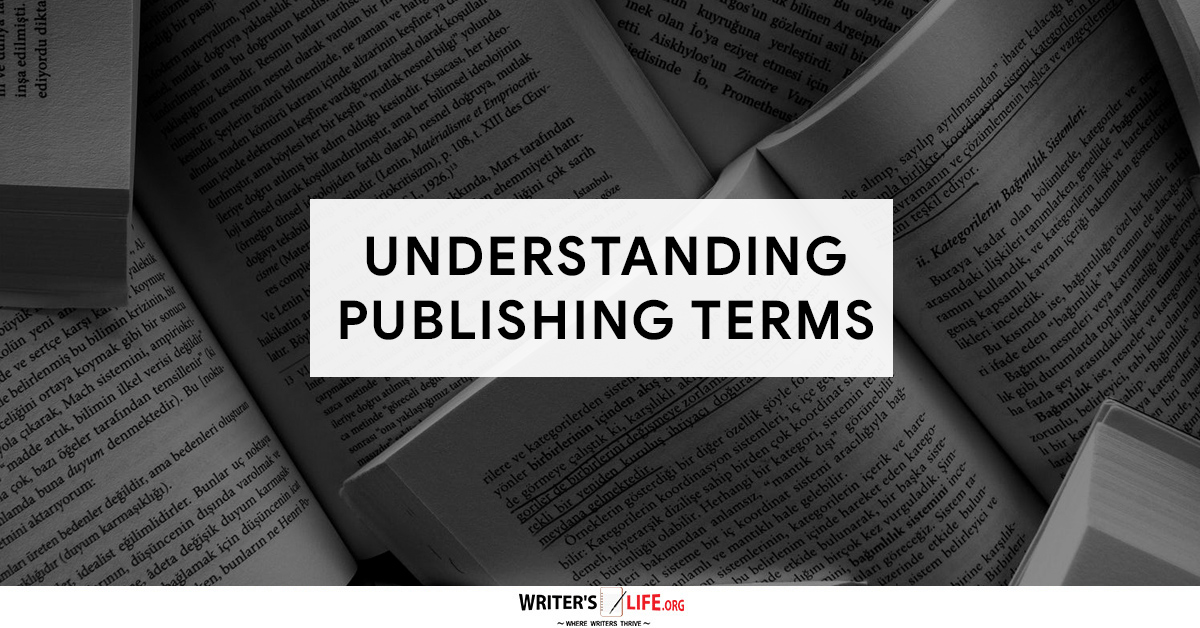- How To Tackle Jealousy In Creative Writing
- Common Submission Mistakes
- How To Stop Your Blog Becoming Boring
- The One Thing Every Successful Writer Has In Common
- How To Make Yourself Aware Of Publishing Scams
- Why Almost ALL Writers Make These Grammar Mistakes At Some Point
- 5 Tips For Authors On How To Deal With Rejection
- Top Mistakes to Avoid When Writing a Novel
- How to Avoid Common New Writer Mistakes
- 10 Mistakes New Fiction Writers Make
How a Book Gets Published

"Share, Like or Tweet If You Love Writing"
It occurred to me over the weekend that I've never really done a nuts and bolts post for those just beginning to familiarize themselves with the publishing process. How is that I've never written a post on how a book goes from idea to the shelf? Maybe this is why my parents still aren't quitesure what exactly I do for a living.
So here goes: the basics of how a book gets published. Please note that this refers to mainstream publishing and not self-publishing, which is something else entirely. But most of the books you see in bookstores happened this way:
For a first time author, a book generally starts with a completely finished and polished manuscript for fiction and memoirs, and a proposal and sample pages for nonfiction. Yes, novelists: you have to write the whole thing. Published authors can sometimes sell novels on proposal.
It's then generally advisable for an unpublished author to find a literary agent. Very few publishers these days accept submissions from unagented authors and a good agent can give a project a better chance at succeeding and will usually be able to negotiate a better deal than the author would be able to achieve on their own.
Once an agent has taken on a project they then send it to one or more editors at different publishing houses. The agent will specifically target the submission to the editors that they feel are most appropriate for the book. The editors take a look at the project, and if it's something they are interested in they will share it with their colleagues and boss(es) to gauge the enthusiasm. Once the editor has the go-ahead to move forward with the project they will send the agent an offer.
The submission process can take anywhere from a week to a year or more depending on when/if the agent finds a match for the project.
An offer usually includes an advance, royalties, territory, and other specific terms (please see my publishing glossary for definitions). Sometimes the offer will be for one book or sometimes it will be for multiple books. If more than one editor is interested there may be an auction to determine which publisher will make the best offer.
When the deal points have been agreed upon and the author accepts an offer the publisher will send a contract, which the agent or the agency's contracts director will negotiate.
After the contract has been signed, if the project was sold on proposal it's then time for the author to write the book.
Once the manuscript is completed (nonfiction) or after the contract is signed (fiction) the editor will usually send an editorial letter suggesting content changes that the author will then make. These changes are somewhat negotiable, but for the most part authors will follow their editor's suggestions.
When the changes have been made and the manuscript is deemed editorially acceptable it moves to copyediting, where typos and other errors are corrected, and designed as it will look on the page. The author has to review the different versions of the completed manuscript to catch typos. The publisher is also working during this time on the design of the book, including the cover, trim size, paper type, and other design-y considerations.
Meanwhile, the editor is coordinating with their marketing and sales teams to write copy for the publisher's seasonal catalog, write the jacket copy, to (hopefully) generate enthusiasm among the sales team for the project, and to help shape marketing plans. Several months before the book's publication the sales team will be coordinating with bookstore buyers and other "accounts" as they place their orders, which helps determine how many copies of the book the publisher prints. The agent usually keeps tabs on this process to make sure everything is happening according to plan.
The publication process from finished manuscript to in-bookstore books usually takes a year or more. It can occasionally be compressed if it is an especially timely project, but the process usually requires quite a bit of lead time.
When publication date arrives the book goes on sale and the author is rich and famous behind their wildest dreams. Sometimes. Not usually.
The author then gets cracking on their next book (or rather, they should already have been cracking), and the process repeats.
The end!
Originally posted as "How a Book Gets Published" on blog.nathanbrandsford.com. Photo by www.janancain.com.
URL: http://blog.nathanbransford.com/2009/08/how-book-gets-published.html
"Love Writing? Then Share, Like or Tweet This Article"





























